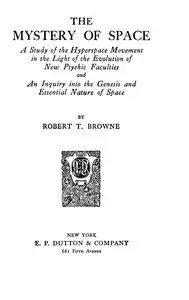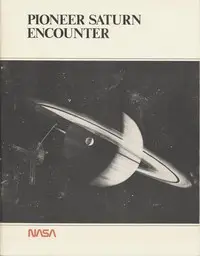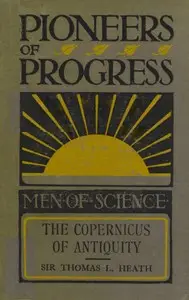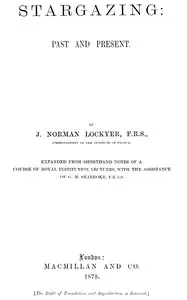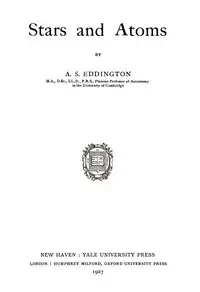"Significant Achievements in Space Bioscience 1958-1964," a NASA publication, showcases the significant leaps made in space bioscience from 1958 to 1964. It highlights how NASA’s bioscience programs began modestly, conducting experiments with life in space to understand the impact of extraterrestrial conditions on biological systems. The publication discusses research on weightlessness’s effect on life, the search for signs of life beyond Earth, and creating systems to support life for space travelers. It sets the scene for exploring how space affects living things.
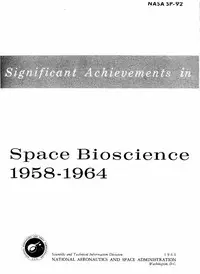
Significant Achievements in Space Bioscience 1958-1964
By United States. National Aeronautics and Space Administration
Explore the groundbreaking experiments and discoveries that shaped our understanding of life beyond Earth and paved the way for human space exploration.
Summary
About the AuthorThe National Aeronautics and Space Administration is an independent agency of the U.S. federal government responsible for the civil space program, aeronautics research, and space research. Established in 1958, it succeeded the National Advisory Committee for Aeronautics (NACA) to give the U.S. space development effort a distinct civilian orientation, emphasizing peaceful applications in space science. It has since led most of America's space exploration programs, including Project Mercury, Project Gemini, the 1968–1972 Apollo Moon landing missions, the Skylab space station, and the Space Shuttle. Currently, NASA supports the International Space Station (ISS) along with the Commercial Crew Program, and oversees the development of the Orion spacecraft and the Space Launch System for the lunar Artemis program.
The National Aeronautics and Space Administration is an independent agency of the U.S. federal government responsible for the civil space program, aeronautics research, and space research. Established in 1958, it succeeded the National Advisory Committee for Aeronautics (NACA) to give the U.S. space development effort a distinct civilian orientation, emphasizing peaceful applications in space science. It has since led most of America's space exploration programs, including Project Mercury, Project Gemini, the 1968–1972 Apollo Moon landing missions, the Skylab space station, and the Space Shuttle. Currently, NASA supports the International Space Station (ISS) along with the Commercial Crew Program, and oversees the development of the Orion spacecraft and the Space Launch System for the lunar Artemis program.




